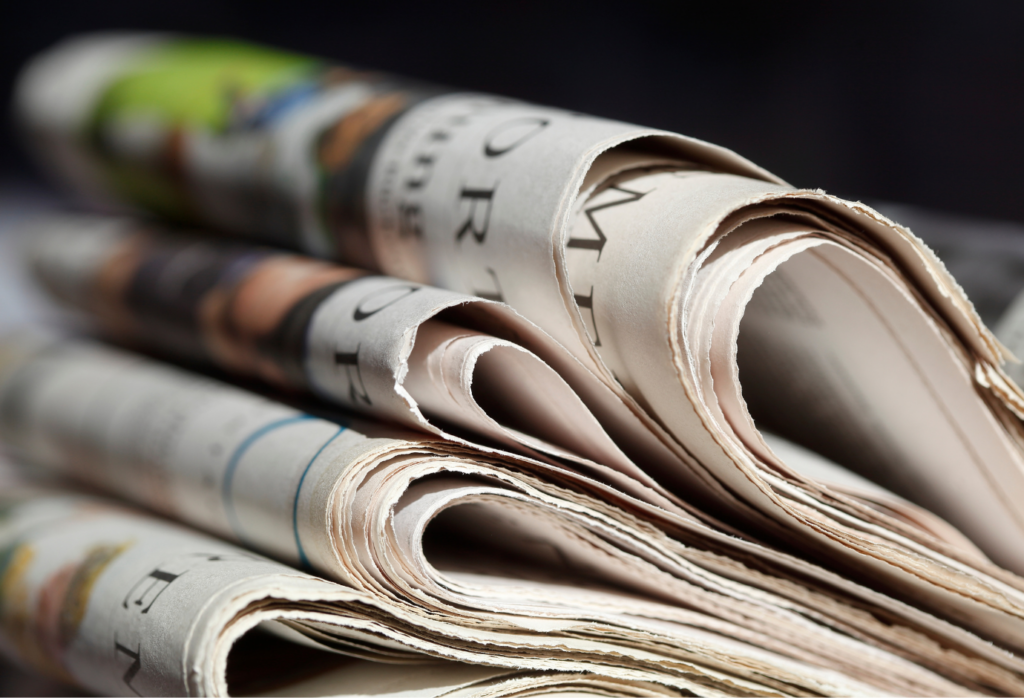The majority of front age articles published in Australia’s most popular news outlets continue to be written by men, a new study by the Women’s Leadership Institute Australia (WLIA) revealed this week.
Men were also quoted more than twice as often as women – their opinions accounted for 78 per cent of quoted sources, and their articles contained more words than the articles published by their female counterparts.
The research, led by La Trobe University Professor of Political Communication Andrea Carson, analysed more than 200,000 articles published in March this year to track the gender of bylines and expert sources across key news topics and major media outlets.
In its sixth edition of the Women for Media series, the findings revealed that articles written by female journalists were less often featured on premium pages, and were less frequently tagged as “exclusive”, indicating a critical gender disparity in visibility and prestige.
Women journalists accounted for only 37 per cent of front page authors, while the topics they covered also tended to be considered “soft news”, such as stories about health, wellbeing and lifestyle, arts, entertainment and celebrities. Meanwhile, male journalists tended to write more about sports, business and the economy, technology and science.
The gendered divide of masthead opinion authors is also widening. In 2019, 62 per cent of men and 38 per cent of women were opinion columnists. This year, that discrepancy has widened to 71 per cent men and 29 per cent women.
Professor Carson said that while there are equal numbers of male and female journalists in the country, women continued to disproportionately cover soft news stories, while men write the hard news topic areas.
“Male journalists…receive ‘exclusive’ taglines more than twice as often as women, while women remain underrepresented in newspapers’ premium pages and the opinion and commentary sections,” she said.
“However, we found that The Herald Sun and The Canberra Times have similar numbers of men and women writing front-page stories and opinion articles.”
The study also revealed that women journalists are better at quoting women sources.
“Women have made gains in the high-status area of political reporting, but a long shadow of gender bias exists within topics such as business and economic reporting,” Profession Carson said.
“Gender equality is vital in the news media for democracy and civic engagement. Everyone should have the same opportunity to participate in public life, free from any form of discrimination, but there are still significant gaps in gender representation across society, including our democratic institutions like government, the judiciary, and, as this report highlights, the media.”
Twelve years on from the first Women for Media report, Professor Carson believes that gender parity in media representation can be challenged by encouraging women to take on roles in traditionally male-dominated reporting areas. This includes introducing newsroom policies and strategies that ensure a more balanced distribution of story topics to both male and female journalists.
“[Organisations] can increase the representation of women in high-visibility pages such as the front page and opinion and commentary sections, and in traditional male topic areas such as sports, business, economics and international affairs,” Professor Carson said, echoing the recommendations the report made which encouraged men to be mindful of their tendency to default to male sources.
“Male journalists should be aware of their tendency to choose male sources and to make conscious choices to include women experts in their reporting.”
WLIA Chair Carol Schwartz AO believes that the voices we deem authoritative and the narratives we embrace all determine the future we build.
“We need to shift the norms of who we see and hear as leaders and experts – and that starts with bringing more diverse voices into public commentary, both in terms of who produces the news and who features in it,” she said.
“This is about more than just gender; it’s about creating a more inclusive, responsive and collaborative society. Shared power and decision-making between men and women leads to better outcomes for all Australians.”
“There is no doubt that media organisations are facing tough times, with business models under pressure, increasing news avoidance, and the rise of disinformation on social media. Despite these challenges, it is crucial that we continue to prioritise diverse voices in our news coverage. The stories we see, the voices we consider authoritative, and the narratives we embrace all determine the future we build.”
Among its several recommendations, the report encouraged media leaders to monitor newsroom gender equity and diversity policies that promote gender equity and equality, including initiatives to actively increase women’s presence in bylines, opinion pieces, “exclusive” taglines and as quoted experts.
Training and mentorship should also be provided to female journalists to help them build expertise in areas historically dominated by men.
The report also recommended organisations develop policies and practices that protect female journalists from online harassment and trolling to prevent the potential negative effect on their participation in the media and public discourse. According to data from the Media Freedom Rapid Response, female journalists more commonly face verbal attacks than their male counterparts.
A Media Diversity report released last year revealed that journalists and media workers from diverse and minority backgrounds experienced online abuse and harassment disproportionately higher than their able bodied, white and/or cis-gender and/or heterosexual colleagues in the newsroom.


